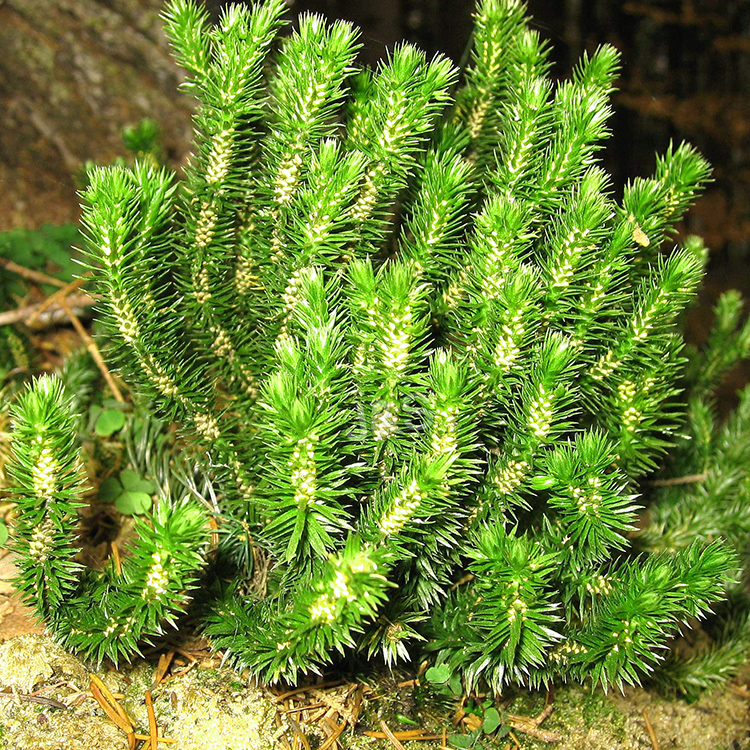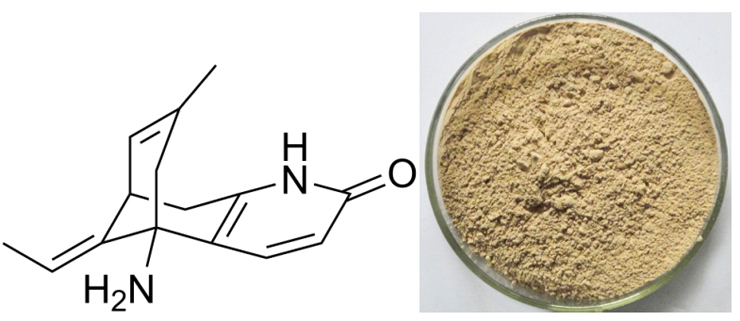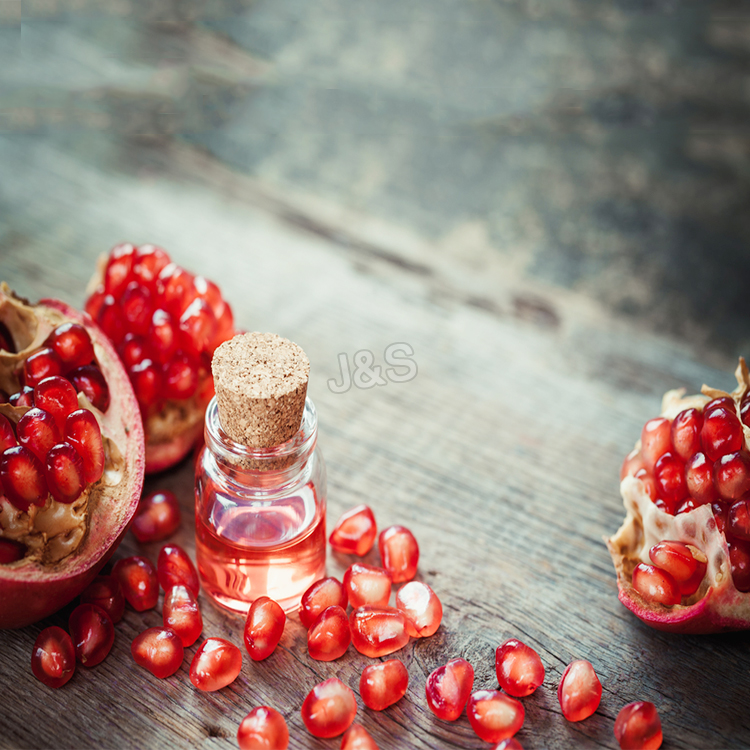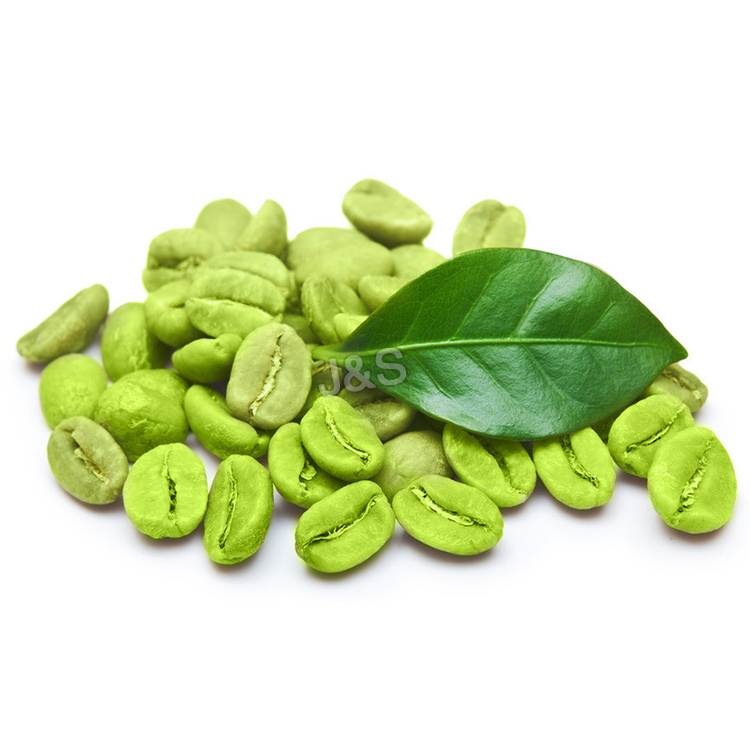Best Price for Huperzine A Factory in Germany
Best Price for Huperzine A Factory in Germany Detail:
[Latin Name]Huperzia serratum
[Source] Huperziceae whole herb from China
[Appearance]Brown to white
[Ingredient]Huperzine A
[Specification]Huperzine A 1% – 5%, HPLC
[Solubility] Soluble in chloroform, methanol, ethanol, slightly soluble in water
[Particle size] 80 Mesh
[Loss on drying] ≤5.0%
[Heavy Metal] ≤10PPM
[Pesticide residue] EC396-2005, USP 34, EP 8.0, FDA
[Storage] Store in cool & dry area, keep away from the direct light and heat.
[Shelf life] 24 Months
[Package] Packed in paper-drums and two plastic-bags inside.
[What is Huperzine A]
Huperzia is a type of moss that grows in China. It is related to club mosses (the Lycopodiaceae family) and is known to some botanists as Lycopodium serratum . The whole prepared moss was used traditionally. Modern herbal preparations use only the isolated alkaloid known as huperzine A. Huperzine A is an alkaloid found in huperzia that has been reported to prevent the breakdown of acetylcholine, an important substance needed by the nervous system to transmit information from cell to cell. Animal research has suggested that huperzine A’s ability to preserve acetylcholine may be greater than that of some prescription drugs. Loss of acetylcholine function is a primary feature of several disorders of brain function, including Alzheimer’s disease . Huperzine A may also have a protective effect on brain tissue, further increasing its theoretical potential for helping reduce symptoms of some brain disorders.
[Function] Used in alternative medicine, huperzine A has been found to act as a cholinesterase inhibitor, a type of medicine used to prevent the breakdown of acetylcholine (a chemical essential to learning and memory).
Not only used as a treatment for Alzheimer’s disease, huperzine A is also said to enhance learning and memory and to protect against age-related cognitive decline.
In addition, huperzine A is sometimes used to boost energy, increase alertness, and aid in the treatment of myasthenia gravis (an autoimmune disorder that affects the muscles).
Product detail pictures:

Related Product Guide:
Best Price for Huperzine A Factory in Germany , The product will supply to all over the world, such as: , , ,
About our stevia seeds:
- They are fresh and fertile — the flowers were cross pollinated by native insects.
- The stevia seeds live for 8-12 weeks at warm temperature. 5-6 months at 4 C in refrigerators.
- We ship seeds that are no older than 40 days after collection.
- More resistant to lack of water. Industrial varieties, irrigation systems are mandatory, highest cotization in the market because of the high content of Rebadioside A (better taste and sweeter than Stevioside)
Clean stevia seeds means the debris. They are more expensive than the raw seeds, not only because of the labour and equipment costs involved, but also because of the ratio of raw stevia seeds to clean stevia seeds is 1:4. Every 4 kilos of raw stevia seeds make 1 kilo of clean viable stevia seeds. Germination rate is 45% — 50% if properly planted. Emergence rate is 80%.
Raw Stevia Seeds
These seeds come directly from the farm with feathery attachment still on. Our stevia seeds are fresh, untreated and free of any harsh chemicals that can dramatically reduce germination rates. Our stock is frequently rotating, no seed will ever be more than a few months old.
Getting Started
Stevia rebaudiana seeds are rarely available because of production problems and poor germination, so plants are generally used instead. Plants are available from several mail order sources. Be sure you are getting Stevia rebaudiana (Stevia is the genus and rebaudiana is the species) since this is the only sweet variety. Stevia stems are brittle, but nurseries have developed packing methods to protect them in transit. Arrange for plants to arrive soon after your last frost date. Later on, very high temperatures may stress transplants. Transfer plants to the garden as soon as possible after arrival, making sure they don’t dry out in the meantime.
In garden beds, space plants 10 to 12 inches apart in the row, with two rows per bed. Stagger rows so that plants end up in a zigzag pattern. Use a trowel to dig a hole, then pour in some water and set the plants a bit deeper than they were in the pot, so the root ball is covered by a thin layer of garden soil. After back-filling around the roots, water again to settle the soil. If the weather is hot and sunny at planting time, it’s a good idea to place a thin mulch around the plants to reduce moisture loss. Cool night temperatures will halt plant growth. For early plantings or areas with cool summers, hotcaps or row covers will allow faster growth and offer protection from late frosts. Don’t let the plants overheat on hot days, however.
If you are fortunate enough to obtain high-quality Stevia seeds, they are easily germinated indoors under lights. Seedlings grow slowly, so allow 7 to 8 weeks from seed to transplanting.
Plant Care
In general, Stevia should be treated as a vegetable crop. When hot weather sets in, usually a month after planting, beds should be mulched 3 to 6 inches deep with organic residue such as grass clippings, chopped leaves, straw, hay, or compost. This will protect the shallow feeder roots and hold in moisture. Plant growth is slow at first, accelerating by mid summer.
A consistent moisture supply is important for Stevia. Irrigate once or twice a week, whenever rain fails to water the plants. Sandy soils require more frequent irrigation. Trickle irrigation is ideal, ensuring consistent moisture levels without wetting leaves. A simple and effective system is the black, “weeping” soaker hose made from recycled rubber. Place a soaker hose between the two rows of plants, beneath the mulch. Attach to a garden hose and turn the water on at a trickle for a couple of hours. The system can be automated with the addition of a timer.
Side-dressing is usually not necessary, but low nitrogen or organic fertilizer may be applied in the summer as plant growth begins to accelerate. Excess nitrogen causes tender growth and reduced leaf sweetness.
Stevia may be affected by two lesion-producing fungal diseases, Septoria steviae and Sclerotinia sclerotiorum. With Sclerotinia, dark brown lesions form on stems, near the soil line, followed by wilting and eventual collapse of the plant. Stevia plants are usually full grown before diseases appear. As harvest time nears, commercial growers watch plants closely and harvest the entire crop at the first sign of disease. Meticulous weed control (by hand) permits strong growth, which helps plants resist disease. Humid, wet weather and standing water favor the development of fungal diseases, making raised beds or hills a preventative measure. Additionally, avoid wetting leaves during irrigation. Stevia is usually the last plant insects will feed on, so pests are seldom a problem outdoors. Aphids, thrips, and whiteflies can cause damage in heavily infested greenhouses.
Web: https://www.natureherbs.org | www.natureherbs.co
Email : natureherbs@ymail.com
Watsapp: +91 841 888 5555
Skype: nature.herbs
Troy Casey, Certified Health Nut, researching herbal medicine with Shipibo in the Amazon Rain Forest. https://certifiedhealthnut.com https://workingwithtroy.com
***SHOP @ The CHN SUPERFOOD STORE*** Try the 10 day transformation cleanse or boost your nutrition with ORGANIC, nonGMO Green super foods and herbs: https://www.phporder.com/Transformation.aspx?ID=healthnut
The information contained in this video is intended for educational purposes only. It is not intended to diagnose, cure, mitigate, treat or prevent any disease. If you have any health concern, it is recommended to seek the advise of a certified health practitioner.
In May, 1994, the World Health Organization sponsored the first international conference on Uña de Gato in Geneva, Switzerland. At the conference, Uña de Gato was recognized as one of the most important medicinal plants of the whole world pharmacopoeia. The oxindole alkaloids found in the bark and roots of Uña de Gato have so far drawn the greatest attention for their effect on the immune system. A scientist, Dr. Klause Keplinger made their discovery in the 1980s.
attention has been drawn on chanca piedra in the early 1980s after the report of its beneficial effect on hepatitis B. Subsequent studies provided mitigated results, probably due to variations in strains, origin and process of extraction. However, in 1992 a Japanese group discovered that a simple water extract of chanca piedra contained a compound able to inhibit an enzyme called reverse transcriptase. Reverse transcriptase is an enzyme involved in the process of virus replication.
A recent scientific study revealed that nearly 90% of dried Sangre de Drago sap was composed of one of the most potent antioxidants, proanthocyanidin, also known as Pycnogenol® and grape seed extract. This strong presence of antioxidant activity may in part explain the effect of Sangre de Drago on colitis and other digestive disorders, by reducing inflammation in the intestinal mucosa. The high concentration of bitter bioflavonoids proanthocyanidins are bioflavonoids- in Sangre de Drago may explain its action of intestinal parasite. It is also noteworthy that a U.S.-based pharmaceutical company has developed two pharmaceutical drugs that contain antiviral constituents isolated and extracted from the bark and resin of Sangre de Drago.
Many studies published in the past few years have revealed the health promoting properties of cacao, especially on the cardiovascular system. The flavonoids found in cacao were shown to inhibit platelet activation, one of the main causes of stroke and cardiac infarction. Proanthocyanidins derived from cacao were shown to inhibit diabetes-induced cataract formation, possibly by virtue of their antioxidant activity. One study concluded that cocoa powder and dark chocolate favorably affect cardiovascular disease risk status by modestly reducing LDL oxidation susceptibility, and increasing serum total antioxidant capacity and HDL-cholesterol concentrations.
https://tiny.cc/rv5puw
https://www.trivita.com/Web/US/content/products/category.aspx?id=3004&sid=10844&mid=104&tref=14335246
 By from -
By from -
 By from -
By from -







